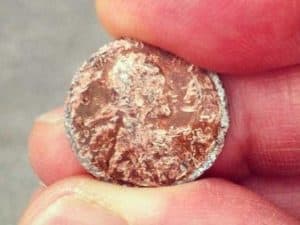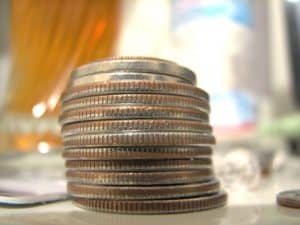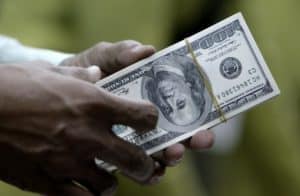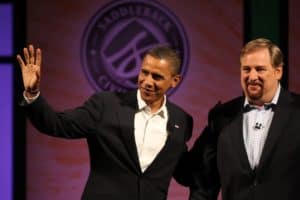 Money — it’s something we all use every day, but rarely think about, except to lament that we don’t have enough of it.
Money — it’s something we all use every day, but rarely think about, except to lament that we don’t have enough of it.
The U.S. has been making money since 1792. That first money was in the form of coins.
These early coins were made of precious metals and had actual value. It wasn’t until 1862 during the Civil War that the Department of Treasury produced paper money, which isn’t actually paper; it’s cotton.
It was created to make up for the coin shortage. Since those early coins contained valuable metals, Americans began hoarding them as a hedge against the fluctuations in money created by the war.
Coins have ridges to protect against counterfeiting.

Most of us use coins to purchase items from vending machines, or we throw them in a bank to save for a rainy day, but coins have a fascinating history. Did you ever wonder why the quarter has those ridges on the edge? They were created to prevent counterfeiting. Yes, even back in those gentler times of Colonial America there were improvising criminals trying to counterfeit money. These counterfeiters would shave the edges off of coins because they were made of silver and gold. A ten dollar gold piece was made with ten dollars worth of gold.
To make a little extra money, people would shave the edges of the coins and collect the metal. If done well enough, the smaller coins would not be noticed by merchants and they in effect would get less than ten dollars in gold for a purchase. This gave the counterfeiter extra gold or silver to make into more coins. Today, the ridges remain as a form of “braille” for the seeing impaired. There are 119 grooves on the edge of a quarter.
A dollar bill only lasts 18 months before it wears out.

The dollar bill is the most circulated bill in the U.S. One-dollar bills account for 48% of the paper bills printed by the U.S. Bureau of Engraving and Printing. A dollar bill usually makes it through around 18 months of use before it wears out.
If you take the time to look at the dollar bill you will notice a few things. It’s easy to notice the “all seeing eye” over the pyramid, the eagle with 13 arrows in its talons and the Latin phrase E Pluribus Unum (Out of many, One).
There are a few things, however, you might have missed, such as other phrases on the bill:
- Annuit Coeptis – “God (or He/Providence) has favored our undertakings”
- Novus ordo seclorum – “New Order of the Ages”
- In God We Trust – This phrase actually first appeared on U.S. money between 1864 – 1873 on a two-cent coin. It reappeared in 1955 and has been on all U.S. money since 1963
In 2010, the U.S. Mint produced roughly 1,856,000,000 one dollar bills. If you have one-million of them, they would weigh, 2,040.8 pounds. Ask for 20s instead, as one million of them would only weigh 20.4 pounds. As well, you can make change for a one-dollar bill 293 ways.
Living Presidents are banned from having their faces on currency.

Pennies, you either love them or hate them. They were the first denomination of coins struck in the U.S. and they’ve been around a long time. They’ve been around since 1793 when they were 100% copper. President Lincoln made his appearance on the penny in 1909.
Modern pennies are made of a bit of copper with zinc and nickel. There were 4,938.54 million pennies produced in 2011. The current design of the penny still features President Lincoln on the front, but the reverse has gone through several revisions. It now shows a Union shield with 13 vertical stripes, a single horizontal bar across the top which represents the Union, and “E Pluribus Unum.” There have been recurring attempts to stop production of the penny, but for now, it is still being produced.
Dead Presidents
By legislation created during the Revolutionary years of the U.S., no living person can be featured on a coin. It was to ensure that the U.S. would not appear like a monarchy, as living kings during the era were cast onto their country’s coinage. There has been one exception to this rule, President Calvin Coolidge. His image was struck on a commemorative coin that celebrated the Sesquicentennial of American Independence. It was minted in 1926.
Check the link to read more http://www.businessinsider.com/10-fascinating-facts-about-money-2013-7?op=1/#ins-have-ridges-to-protect-against-counterfeiting-1

